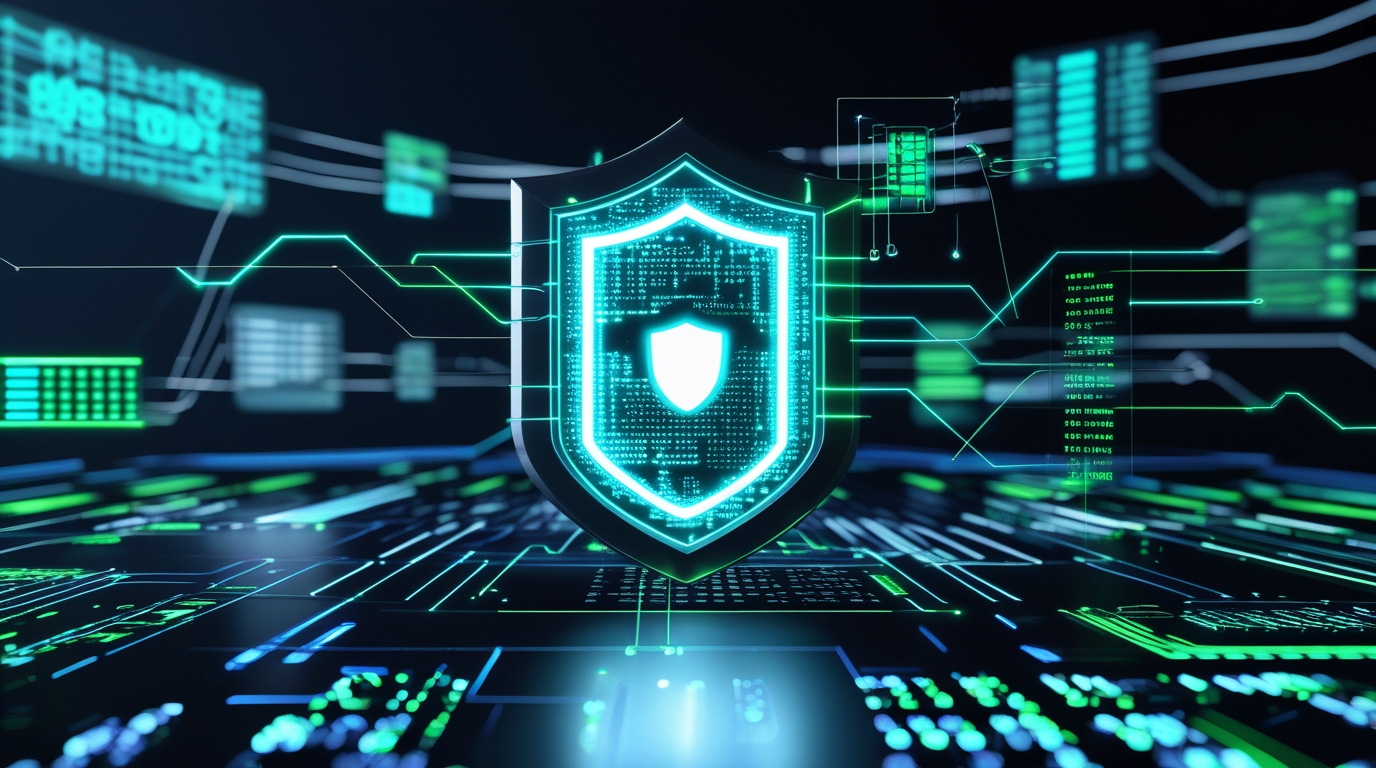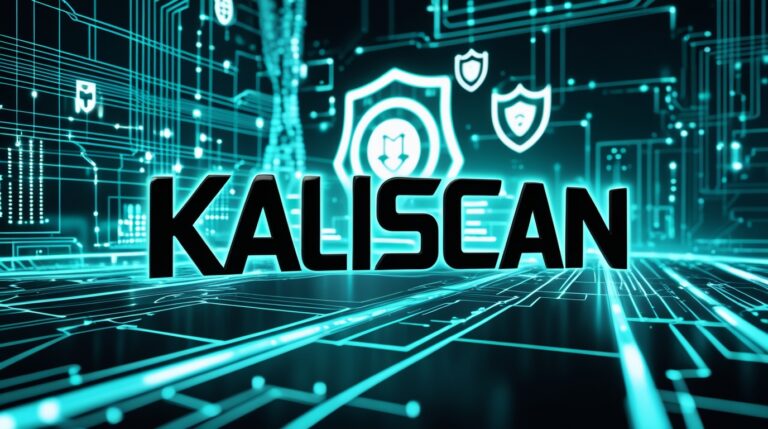In the world of modern cybersecurity, professionals rely heavily on tools that can expose weaknesses before malicious actors do. Among the arsenal of penetration testing solutions, KaliScan has gained significant attention as a powerful network and vulnerability scanner. Built with a reputation for accuracy and efficiency, KaliScan is more than just a tool—it represents a shift toward smarter, more automated approaches to safeguarding systems.
This article explains KaliScan in detail, highlighting its core features, the benefits it offers to security specialists, and a step-by-step guide on how it is typically used. Along the way, we will look at its origins, its role in ethical hacking, and why it has become an essential tool for cybersecurity professionals across the United States, the United Kingdom, and beyond.
The Origins of KaliScan
KaliScan was developed as part of the growing ecosystem of security tools that support penetration testing frameworks. While not as old as well-known scanners like Nmap, it emerged as a refined solution aimed at automating complex scanning tasks. The tool has its roots in the Kali Linux distribution, which is the preferred operating system for ethical hackers, red teams, and digital forensics experts.
What sets KaliScan apart is its ability to combine multiple scanning techniques into one streamlined process. Unlike single-purpose scanners, KaliScan was designed to save time while still offering reliable and detailed vulnerability insights. Its evolution has mirrored the growth of cybersecurity itself, shifting from basic network mapping to advanced detection of weak points in cloud environments, servers, and IoT devices.
Why Security Professionals Rely on KaliScan

One of the biggest challenges for IT teams in the U.S. and UK is balancing speed with accuracy when identifying risks. KaliScan provides an advantage by simplifying vulnerability detection without compromising on detail.
Security analysts value the tool for its ability to:
-
Detect outdated software and unpatched vulnerabilities
-
Identify misconfigured services and open ports
-
Generate detailed, actionable reports
-
Integrate with other security frameworks
In practice, this means that a cybersecurity team can scan their infrastructure regularly and catch potential threats before attackers exploit them. In high-stakes industries such as finance, healthcare, and government, the reliability of tools like KaliScan is not just convenient—it’s critical.
Core Features of KaliScan
To understand the full scope of its capabilities, let’s break down the most prominent features of KaliScan.
1. Automated Vulnerability Scanning
KaliScan runs comprehensive checks against known vulnerability databases, flagging weaknesses that attackers could exploit. This automation saves countless hours compared to manual audits.
2. Network Discovery
With the ability to map out live hosts, services, and devices on a network, KaliScan gives penetration testers a bird’s-eye view of their environment.
3. Detailed Reporting
The tool produces structured reports, which can be customized to meet compliance standards such as GDPR, HIPAA, or PCI-DSS—critical for businesses in both the UK and the U.S.
4. Integration-Friendly Design
KaliScan works seamlessly with other penetration testing tools, allowing professionals to extend its capabilities without starting from scratch.
The Benefits of Using KaliScan
The true value of KaliScan lies not just in its technical strengths, but in the outcomes it delivers to organizations.
-
Time Efficiency – Automated scans reduce manual workload, letting teams focus on remediation.
-
Accuracy – Its scanning engine cross-references vulnerabilities against updated databases, reducing false positives.
-
Scalability – Whether you’re testing a small office network or a corporate data center, KaliScan adapts.
-
Compliance Support – For organizations under strict regulations, KaliScan helps maintain ongoing security audits.
-
Enhanced Security Posture – By proactively identifying risks, businesses build resilience against ransomware and other cyber threats.
For IT managers in highly regulated sectors, these benefits translate directly into peace of mind and fewer compliance headaches.
Step-by-Step Tutorial: Getting Started with KaliScan
To help you understand how KaliScan works in practice, let’s go through a simplified step-by-step process.
Step 1: Installation
KaliScan typically comes pre-packaged within Kali Linux, though it can also be installed separately. Updating to the latest version ensures access to the newest features and vulnerability signatures.
Step 2: Setting Up Targets
Users specify the range of IP addresses or hostnames they want to scan. This could be an internal network or an external-facing server.
Step 3: Running the Scan
With a simple command, KaliScan launches a full vulnerability scan. It checks for open ports, outdated software, and weak configurations.
Step 4: Reviewing Results
Results are displayed in detailed output files or exported into reports. Analysts review these findings to prioritize critical vulnerabilities.
Step 5: Taking Action
The final step involves patching systems, updating software, or tightening firewall rules based on the results provided by KaliScan.
This workflow highlights why the tool is popular among penetration testers: it combines depth of analysis with simplicity of execution.
How KaliScan Compares to Other Security Tools
When stacked against other scanners like Nessus, OpenVAS, or Nmap, KaliScan stands out for its integration and ease of use. While Nessus offers more polished enterprise reporting and Nmap excels in raw network discovery, KaliScan sits comfortably in between—offering a balance of accessibility and power.
For many professionals, this balance is ideal. Instead of managing multiple tools, they can achieve broad coverage with KaliScan and integrate additional utilities only when needed. This makes it particularly appealing for small to mid-sized businesses that lack large cybersecurity teams.
The Role of KaliScan in Ethical Hacking
Ethical hackers, often referred to as “white-hat hackers,” rely on tools like KaliScan to simulate real-world attacks. By using the same techniques that malicious hackers employ, ethical hackers provide organizations with realistic assessments of their weaknesses.
KaliScan plays a vital role in this process by offering reliable reconnaissance and vulnerability detection. For penetration testers in the U.S. and UK, it is often one of the first tools used during the reconnaissance and scanning phases of an engagement. Its ability to automate repetitive tasks frees testers to focus on crafting advanced exploits or analyzing unique weaknesses.
Limitations and Considerations
No security tool is perfect, and KaliScan is no exception. Some common considerations include:
-
Learning Curve – Beginners may find it intimidating compared to GUI-based scanners.
-
False Positives – While rare, automated scans can sometimes misclassify vulnerabilities.
-
Resource Usage – Scanning large networks can be resource-intensive and may slow down systems temporarily.
Acknowledging these limitations is essential. Effective security strategies usually combine multiple tools and methods, with KaliScan acting as one piece of a broader defense plan.
Future of KaliScan and Security Tools
As cyber threats evolve, so must the tools designed to combat them. The future of KaliScan will likely include:
-
Enhanced AI-driven scanning for smarter vulnerability detection
-
Cloud-native support to address risks in AWS, Azure, and Google Cloud environments
-
Integration with SIEM platforms for real-time monitoring
Given the speed at which threats are growing, the evolution of KaliScan is almost certain to continue. Security professionals in both the U.S. and UK will rely even more heavily on tools that can automate complex processes without sacrificing accuracy.
Conclusion
KaliScan represents a powerful ally in the fight against cyber threats. From its origins as part of the Kali Linux ecosystem to its modern role in vulnerability scanning, it has proven to be an indispensable tool for penetration testers, ethical hackers, and IT professionals alike.
By combining automation, accuracy, and ease of use, KaliScan empowers organizations to strengthen their security posture, stay compliant with regulations, and protect sensitive information. Whether you are just beginning your journey in cybersecurity or managing enterprise-level security operations, KaliScan provides a robust foundation for defending against today’s ever-growing digital risks.
Frequently Asked Questions (FAQs)
1. Is KaliScan suitable for beginners in cybersecurity?
Yes, though beginners may face a learning curve. KaliScan is command-line-based, which can seem intimidating, but its documentation and online tutorials make it approachable. Once learned, it becomes a valuable skill for entry-level professionals.
2. How often should organizations run KaliScan?
Ideally, scans should be run regularly—at least once a month for internal networks and more frequently for public-facing assets. This ensures vulnerabilities are detected as soon as they appear, reducing the risk of exploitation.
3. Can KaliScan be used for compliance audits?
Yes. Many organizations in the U.S. and UK use KaliScan to help with compliance frameworks like PCI-DSS, HIPAA, and GDPR. Its reporting features allow teams to demonstrate that regular security assessments are being conducted.
4. How does KaliScan differ from Nmap or Nessus?
While Nmap focuses on network discovery and Nessus excels in enterprise vulnerability reporting, KaliScan blends both strengths into a single, versatile tool. It is especially popular among penetration testers for its simplicity and integration with other security utilities.
5. Is KaliScan safe to use on production systems?
It can be, but caution is necessary. Running scans on live environments may temporarily affect performance. Best practice is to test during maintenance windows or on staging environments before scanning production systems.


